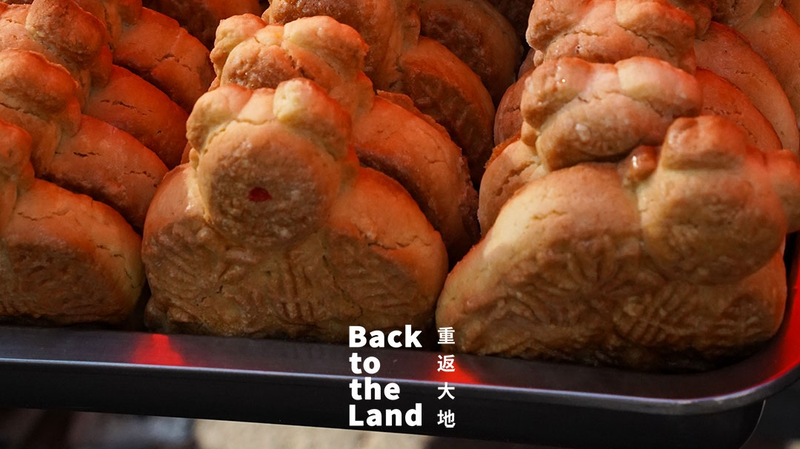Deep in the heart of Chaqingsongduo National Nature Reserve in the Garze Tibetan Autonomous Prefecture of southwest China's Sichuan Province, a unique plant thrives 🌿. Known locally as the \"wolf poison plant\" (don’t worry, no werewolves here! 🐺), the Chinese stellera is more than just a toxic plant—it's the secret ingredient behind Tibet's ancient papermaking tradition.
Meet Chongba, a master artisan keeping this thousand-year-old craft alive 🙌. Every year, from August to September, she embarks on a journey into the mountains to harvest the Chinese stellera. Despite its toxic coumarin content (translation: it's poisonous!), this plant's rhizomes are rich in bast fibers—the perfect material for making paper that's as durable as it is unique 📜.
This isn't just any paper. Thanks to its natural toxicity, insects and pests steer clear, making it ideal for printing Buddhist scriptures and creating intricate artworks 🎨🖌️. Talk about turning a \"deadly\" plant into something beautiful! Beyond religious texts and art, stellera paper has been crafted into decorative items, lanterns, and countless other treasures that light up Tibetan culture ✨.
The importance of this papermaking technique hasn't gone unnoticed. It's been honored as part of China's first batch of national intangible cultural heritages 🏅. This recognition helps ensure that this ancient craft continues to be practiced and cherished for generations to come 🕰️.
So next time you're jotting down notes on your smartphone 📱, remember that there's a world where paper comes from poisonous plants, crafted with love and tradition. Now that's some real magic! ✨🌟
Reference(s):
Where Nature Meets Culture: From toxic plant to precious paper
cgtn.com




